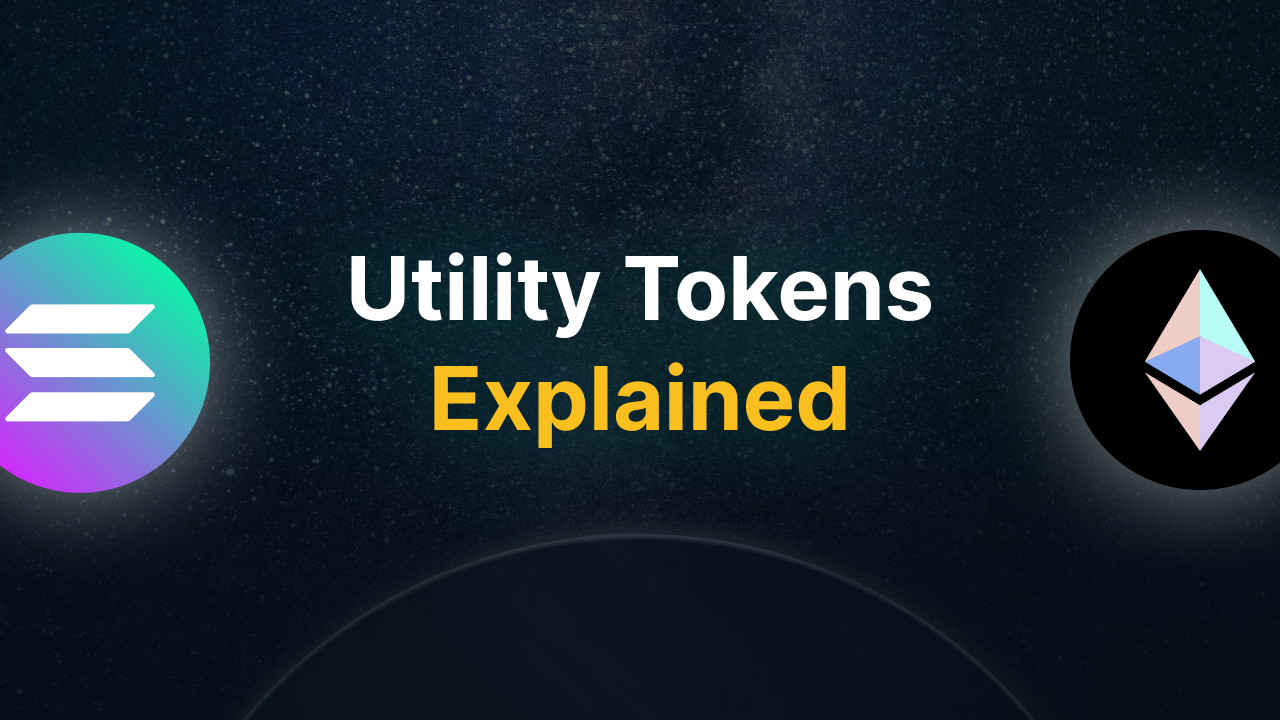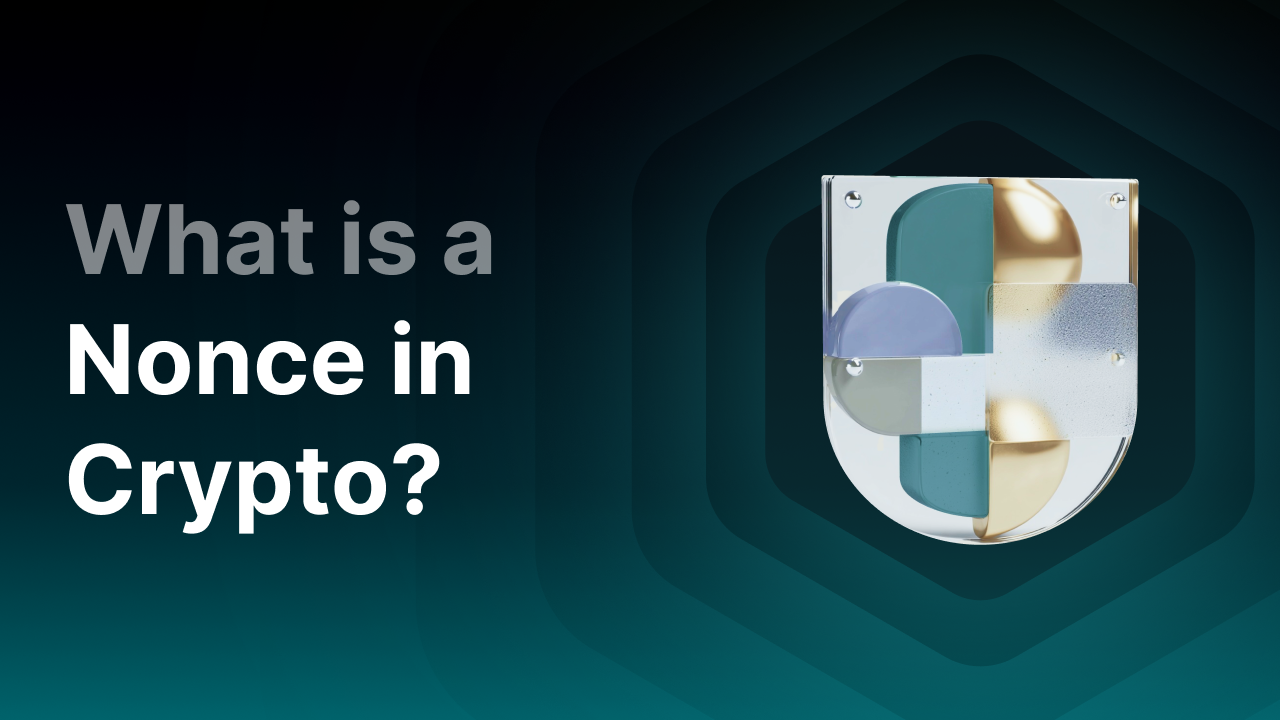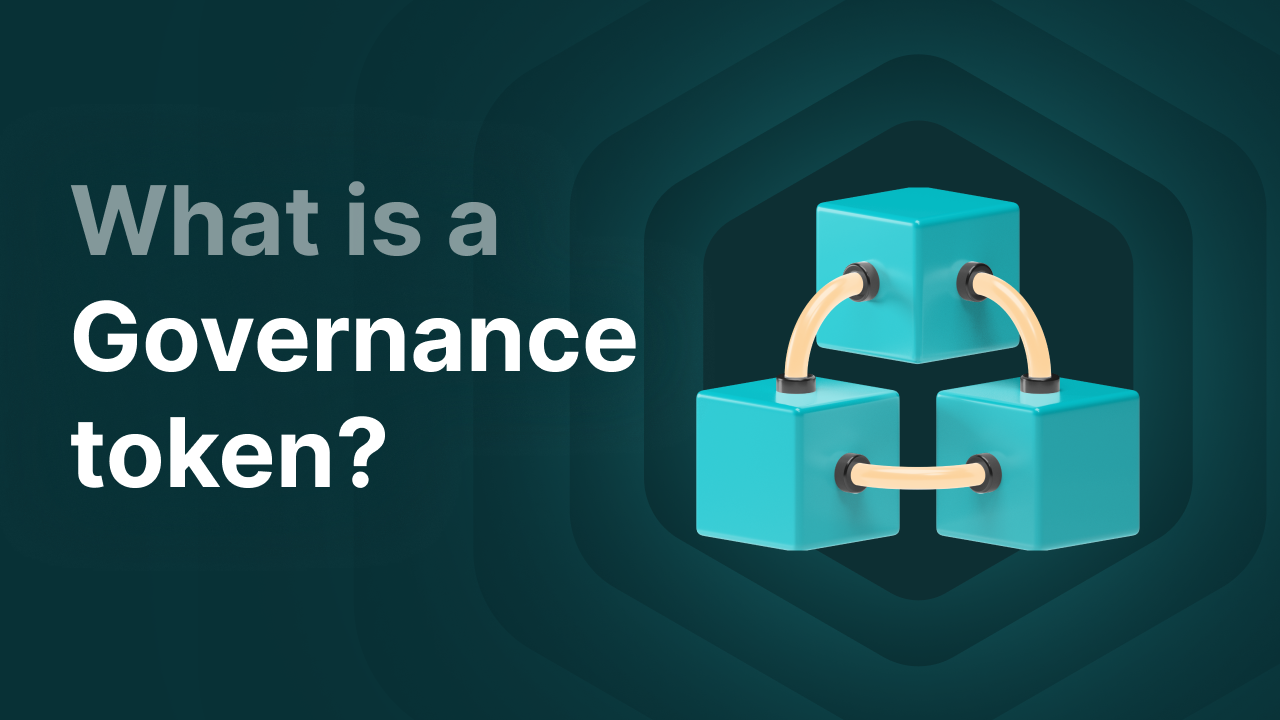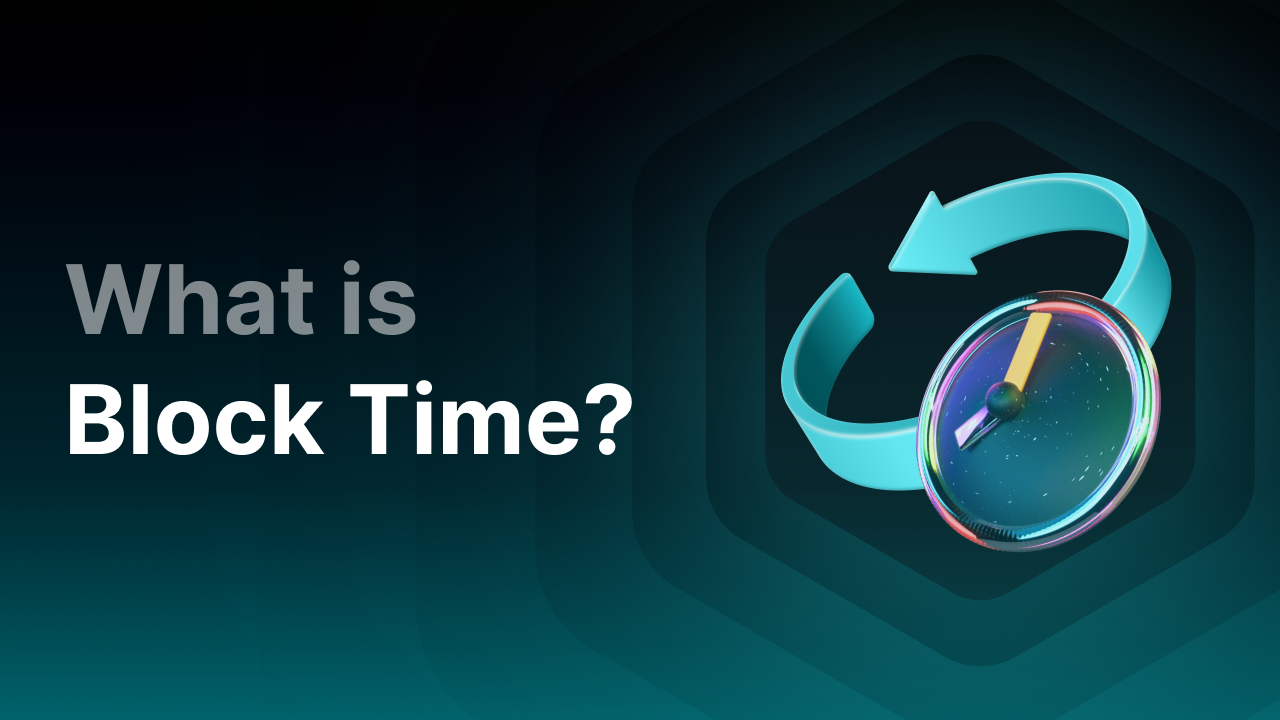What is Market Cap?
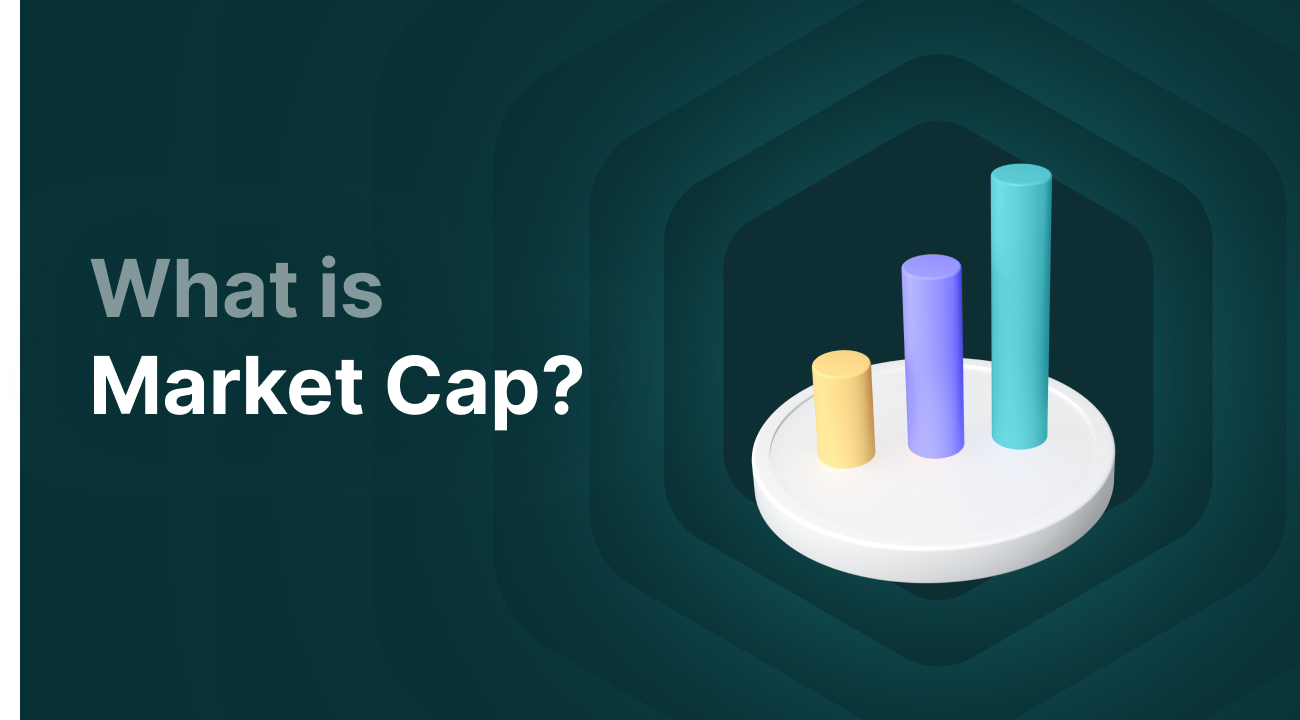
What is market cap?
Market cap is short for market capitalisation, and it represents the total value of a cryptocurrency (or asset). You calculate it by multiplying the number of coins in circulation by the price per coin. Market cap is one of those terms you constantly encounter in the crypto world. Many investors look at this number before making a purchase. Why? Because it can influence the potential growth. If there are already billions in value in the cryptocurrency, it becomes harder to significantly increase in value. That’s why many investors glance at this number.
Example Market Cap:
Suppose there are 10 million coins of a particular crypto, and each coin costs €2. Then the market cap is 10 million × €2 = €20 million. So it’s not just about the coin’s price, but also about how many coins are in circulation.
It’s a quick way to see how “big” or valuable a crypto project is compared to others. Curious about the market cap of your cryptocurrencies? Take a look at our overview page where you can see all market capitalisations.
Key Takeaways
-
Market cap is the total value of a cryptocurrency, calculated by price × number of coins in circulation.
-
Investors use it to assess a coin’s risk and potential.
-
There are three types: small caps (high risk), mid caps (balanced), and large caps (more stable).
-
Market cap changes based on news, supply and demand, and market sentiment.
-
Price alone doesn’t tell the whole story — market cap gives a better picture of current value.
What does market cap indicate?
Market cap helps you compare coins and determine how much risk you take when investing in a coin. A high market cap often means a coin is already very well-known (which of course has its pros and cons). A lower market cap usually indicates a (still) lesser-known or less popular coin.
Example:
You’re debating between Bitcoin and a new coin you’ve never heard of. Bitcoin has a market cap of hundreds of billions of euros, while that other coin is only worth €5 million. The potential for bigger profits might be higher, but there’s also a higher risk with the smaller coin. These tend to be more volatile. In general, you take on more risk when investing in a new stock or cryptocurrency.
Different types of market caps
There are different categories within market cap. Generally, three types are mentioned: small caps, mid caps, and large caps. These are simply categories used to indicate how large a crypto project is, based on its total value (i.e., market cap). Below we explain what these terms mean, what to expect from them, and provide examples.
What are Small caps?
Small caps are cryptocurrencies with a market capitalisation under €300 million. They are usually new or emerging projects still working on building a fanbase or user base. Sometimes they’re still developing the actual product. These coins are often sensitive to hype from influencers and positive market sentiment. These coins are frequently bought by people looking for “the next Bitcoin” or who genuinely believe in the project’s future. Before investing in a small cap, we recommend thoroughly researching the coin’s roadmap and background.
What can you expect with a small cap?
-
Major price fluctuations
-
Lower liquidity (so fewer places to sell the coin)
-
Potential for high profit, but also a chance of 100% loss
What are Mid caps?
Mid caps are cryptocurrencies with a market capitalisation between €300 million and €10 billion. You can think of them as the middle class of the crypto world. These projects have usually been around for a while, have a working product, and often a loyal user or investor base. They are less risky than small caps but still offer interesting growth potential. Of course, even these coins are not without risk. The crypto market is known for its volatility. Again, we strongly recommend doing your own research before investing!
Many mid caps are well-known names in the crypto industry, such as Chainlink, Uniswap, or Optimism. They’re no longer brand-new, but they’re also not nearly as large as Bitcoin or Ethereum. That makes them attractive to investors looking for a good balance between risk and growth potential.
Mid caps are often actively expanding — new features, partnerships, or integrations with other blockchains. All of that can lead to more users and thus a rising price.
What can you expect with a mid cap?
-
More stable prices than small caps, but still volatile
-
Long-term growth, especially if the project keeps developing
-
Greater visibility, so you’ll often find them on popular exchanges
-
Still risky, but with a slightly higher chance of long-term survival
What are Large Caps?
Large caps are cryptocurrencies with a market capitalization of more than €10 billion. These are the heavyweights of the market. Think of coins like Bitcoin, Ethereum, Dogecoin, and Ripple. These are projects that have usually existed for years, are used by millions of people worldwide, and have the trust of both retail and institutional investors.
These coins are often less susceptible to hype or panic, and are seen as the most ‘safe’ option within crypto (as far as you can say that at all in this market). Large investment funds, banks, and even governments tend to look at these coins rather than the smaller, unknown alternatives. Think of Trump and his so-called Strategic Bitcoin Reserve.
What can you expect from a large cap?
-
Less risk than with smaller coins
-
Slower but stable growth over the long term
-
Better availability, you can buy and sell them everywhere
-
High liquidity, making it easy to enter or exit
Why is this useful to know?
By understanding what kind of cryptocurrencies you own or want to buy, you can better estimate how much risk you have or will take. Many investors therefore choose a mix between small, mid, and large cap assets. Want to invest in multiple cryptocurrencies at once but don’t know which? Check out the crypto bundles from Finst. With just one click, you buy several specially selected coins.
Factors that influence market cap
The market cap of a cryptocurrency is not a fixed number. It changes continuously (sometimes hourly, or even every minute). This is because multiple factors directly influence it. Below we explain what those are and how exactly they work.
1. The price of the coin
The simplest way market cap rises or falls is through the price of the coin. If a coin is worth €10 today and there are 100 million coins circulating, then the market cap is €1 billion. If the price goes up to €15 tomorrow, the market cap automatically increases to €1.5 billion.
In short: price up = market cap up (and vice versa, of course).
2. The number of coins in circulation
Market cap is calculated by multiplying the price of one coin by the total number of coins in circulation. So if new coins are added, the market cap also increases, even if the price stays the same. Bitcoin, for example, is programmed by Satoshi Nakamoto so that a maximum of 21 million Bitcoins will exist, but other coins like Dogecoin have no maximum supply. These can basically be printed endlessly.
For example: suppose the price remains €10, but 10 million extra coins are added, then the market cap rises from €1 billion to €1.1 billion.
3. Supply and demand
This is perhaps the most important driving force behind price changes. If many people want to buy a coin (more demand than supply), the price rises. And as we just told you: if the price rises, the market cap rises too.
It works the other way around as well. If many people suddenly want to sell their coins, the price drops, and the market cap decreases as well. Investors are basically pulling their money out of the cryptocurrency.
4. News and sentiment
The crypto market is extremely sensitive to news and emotions. In the past, simple tweets from Elon Musk caused Dogecoin to experience a huge influx of new investors. Of course, there are dozens of examples (such as the mentioned example of Donald Trump and his Bitcoin Reserve) that have caused a coin’s price to skyrocket.
Negative news has the opposite effect: think of hacks, stricter regulations, or a failed project. Then the price can drop quickly, resulting in a declining market cap.
Example of positive sentiment:
Suppose there is positive news about Ethereum: They announce a major upgrade that makes transactions faster and cheaper. Investors get excited and buy Ethereum massively. Demand rises, the price shoots up, and as a result, Ethereum’s market cap rises.
Why is market cap important?
Market cap gives you a quick impression of the size of a project. It says more than just the value of a coin because it has to do with the circulating supply, since a coin worth €100 with 1,000 coins in circulation is worth less than a coin worth €1 with 10 million coins. So don’t just look at the price of a coin!
Example:
Coin A costs €100 and there are 1,000 coins → market cap: €100,000
Coin B costs €1 and there are 10 million coins → market cap: €10 million
Coin B is much larger, even though the price is lower
Final thoughts
The market cap shows how large or valuable a cryptocurrency is. It is calculated by multiplying the price of a coin by the number of coins in circulation. Investors use it as a quick way to compare coins and estimate risk. There are three categories: small caps (high risk, lots of growth potential), mid caps (balance between growth and risk), and large caps (more stable, but generally less growth). The market cap constantly changes due to market sentiment, news, and supply and demand. Good news or hype can cause a rapid increase, while negative sentiment can lead to a rapid decrease. It is therefore always a snapshot. Don’t forget that the price of a coin doesn’t tell the whole story; market cap gives you a little more information. Use it as part of your research before investing.
